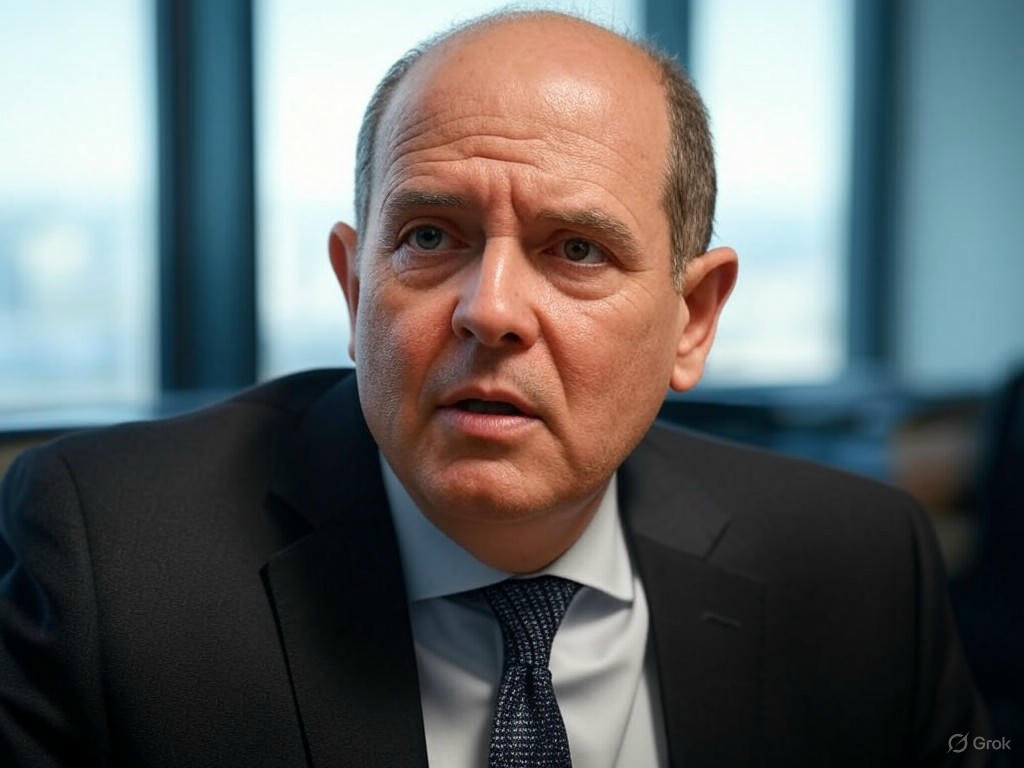U.S. Debt Crisis: A Looming Threat to Economic Stability
The United States is sitting on a financial powder keg, with its ever-mounting national debt posing a severe risk to economic stability. Recently, a prominent figure from Citadel, a leading hedge fund, issued a stark warning, likening the nation’s fiscal situation to a ‘ticking time bomb’ that could detonate with catastrophic consequences if not addressed urgently. This alarming perspective has reignited debates among policymakers, economists, and business leaders about the sustainability of America’s borrowing habits and the potential fallout for global markets.
At the heart of the issue is the staggering scale of the U.S. national debt, which has ballooned over decades due to persistent budget deficits, unfunded liabilities, and expansive government spending. Critics argue that the government’s reliance on borrowing to fund operations, coupled with rising interest rates, is creating a vicious cycle. As debt servicing costs climb, less money is available for critical investments in infrastructure, education, and healthcare. This financial strain could stifle economic growth and erode confidence in the U.S. dollar as the world’s reserve currency. The Citadel spokesperson emphasized that the incoming administration faces a pivotal moment, with decisions made in the near future likely to shape the country’s economic trajectory for generations. Will the focus be on austerity, restructuring, or finding innovative ways to stimulate growth without further inflating the debt?
The implications of inaction are dire. A debt crisis could trigger a sharp increase in borrowing costs, making it harder for the government to finance its obligations. This, in turn, might lead to cuts in essential programs or higher taxes, both of which could dampen consumer spending and business investment. On a global scale, the ripple effects could destabilize international markets, as many economies rely on the stability of U.S. financial systems. Some experts warn of a potential downgrade in the nation’s credit rating, which would further exacerbate the problem by increasing the cost of borrowing. While the U.S. has historically managed to navigate fiscal challenges, the sheer magnitude of the current debt—coupled with political gridlock—raises questions about whether past strategies will suffice.
Yet, there is still room for optimism if decisive action is taken. Policymakers could explore a balanced approach, combining targeted spending cuts with revenue-generating measures like tax reforms. Investing in long-term growth drivers, such as green energy and technology, could also help bolster the economy while addressing structural deficits. The Citadel warning serves as a wake-up call, urging leaders to prioritize fiscal responsibility over short-term political gains. Collaboration across party lines will be essential to forge a sustainable path forward.
As the nation stands at this critical juncture, the world watches closely. The U.S. debt crisis is not just a domestic issue—it’s a global concern with far-reaching consequences. The time to defuse this financial time bomb is now, before the countdown reaches zero and the economic fallout becomes unavoidable.


